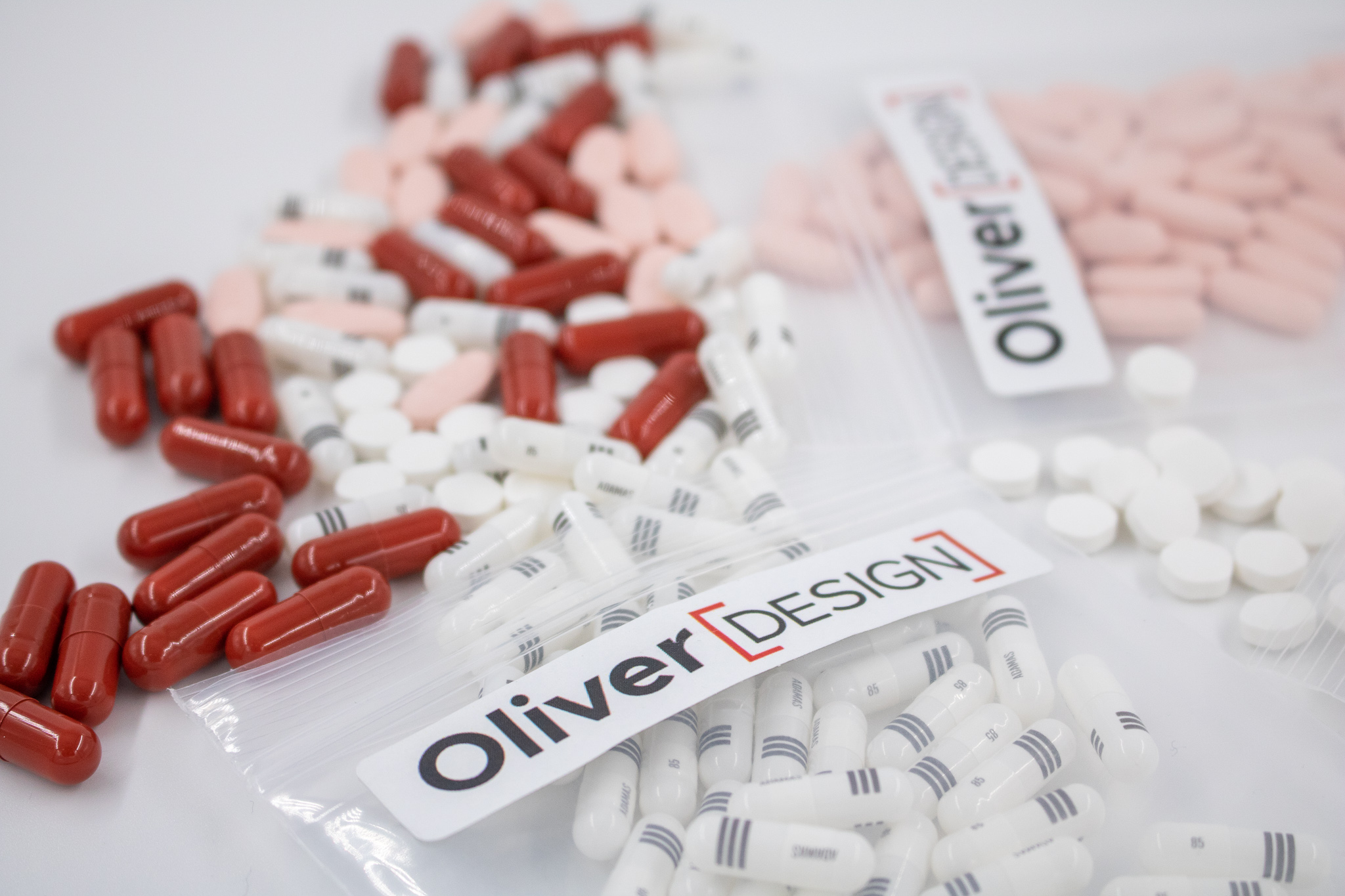Placebos: Perfect Imposters
For the uninitiated, you heard it here first: obtaining quality placebos is not as simple as it sounds. Placebos must come in every form as the medicines they mimic. Tablet form remains universally familiar and common. It’s also standard for placebos to be perfect imposters of their active drug counterparts visually, during patient interaction, and through packaging—this is known as a “matching placebo”. Particularly for double-blind scenarios, the identical properties of every aspect of presentation are key for both clinical trial participants and clinicians. Other routine challenges faced in placebo procurement are lead times and quantities. From a large-scale manufacturing perspective, it is no surprise that after meeting precise specifications, a value case must be made. This quickly drives minimum quantities to six-figure and higher orders. For teams whose participant sample sizes for study are small scale, quality and cost controls remain of top importance. Thus, a significant challenge presents itself.
A 2021 Journal of Clinical Epidemiology (JCE) published paper reported that 6% of planned clinical trials were completely canceled due to inability to obtain placebos, and 27% of trials had to be redesigned due to inability to obtain matching placebos as specified. The paper, while framed around investigator-initiated trials concluded that “there seems to be no standard source for procuring [matching placebos].”
Regardless of who among the involved parties is managing placebo procurement, there are many instances where low volume, matching placeboes can fill an important gap in the new therapeutic clinical trial journey.
Sources: Science Direct | The New England Journal of Medicine

